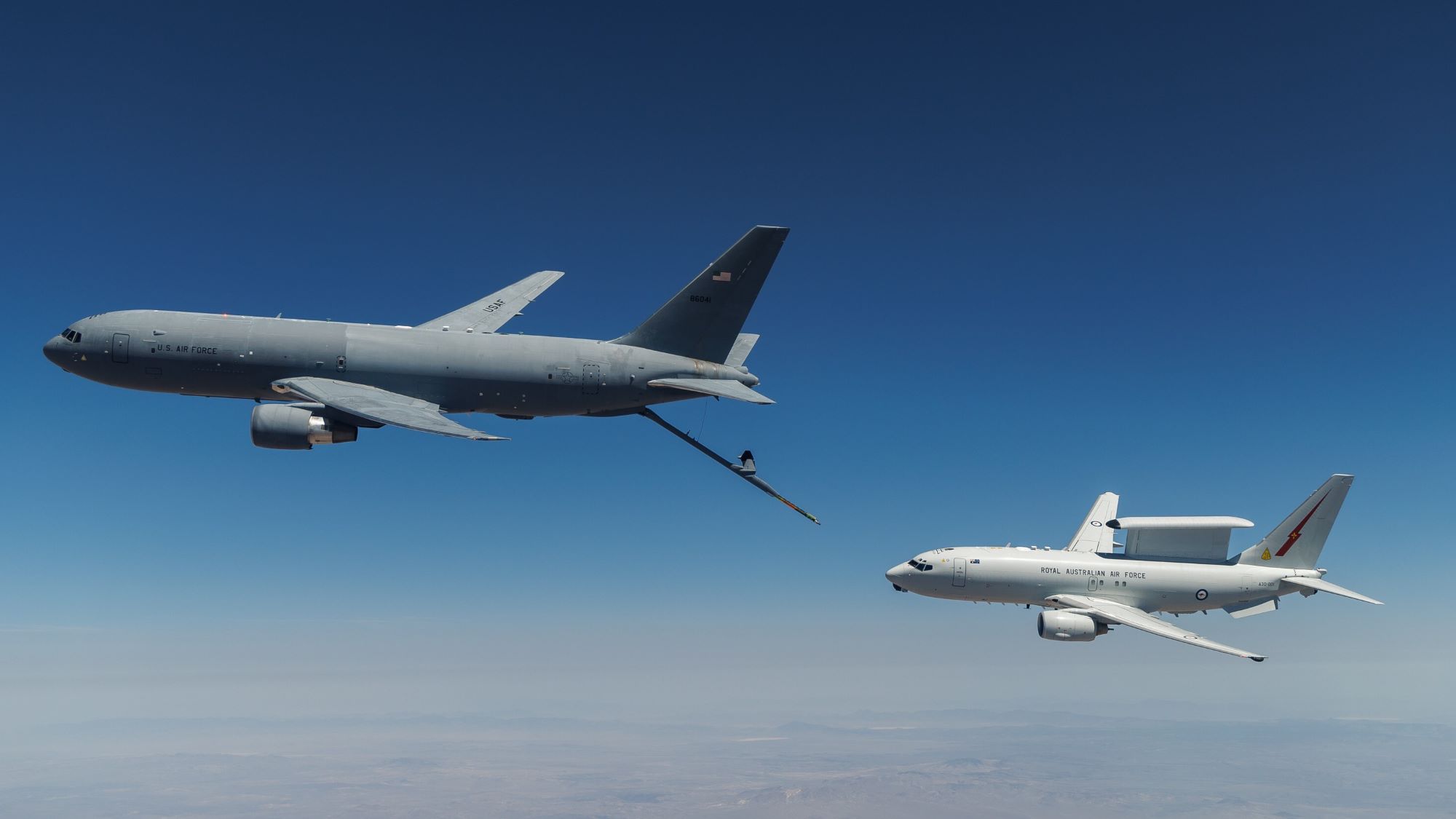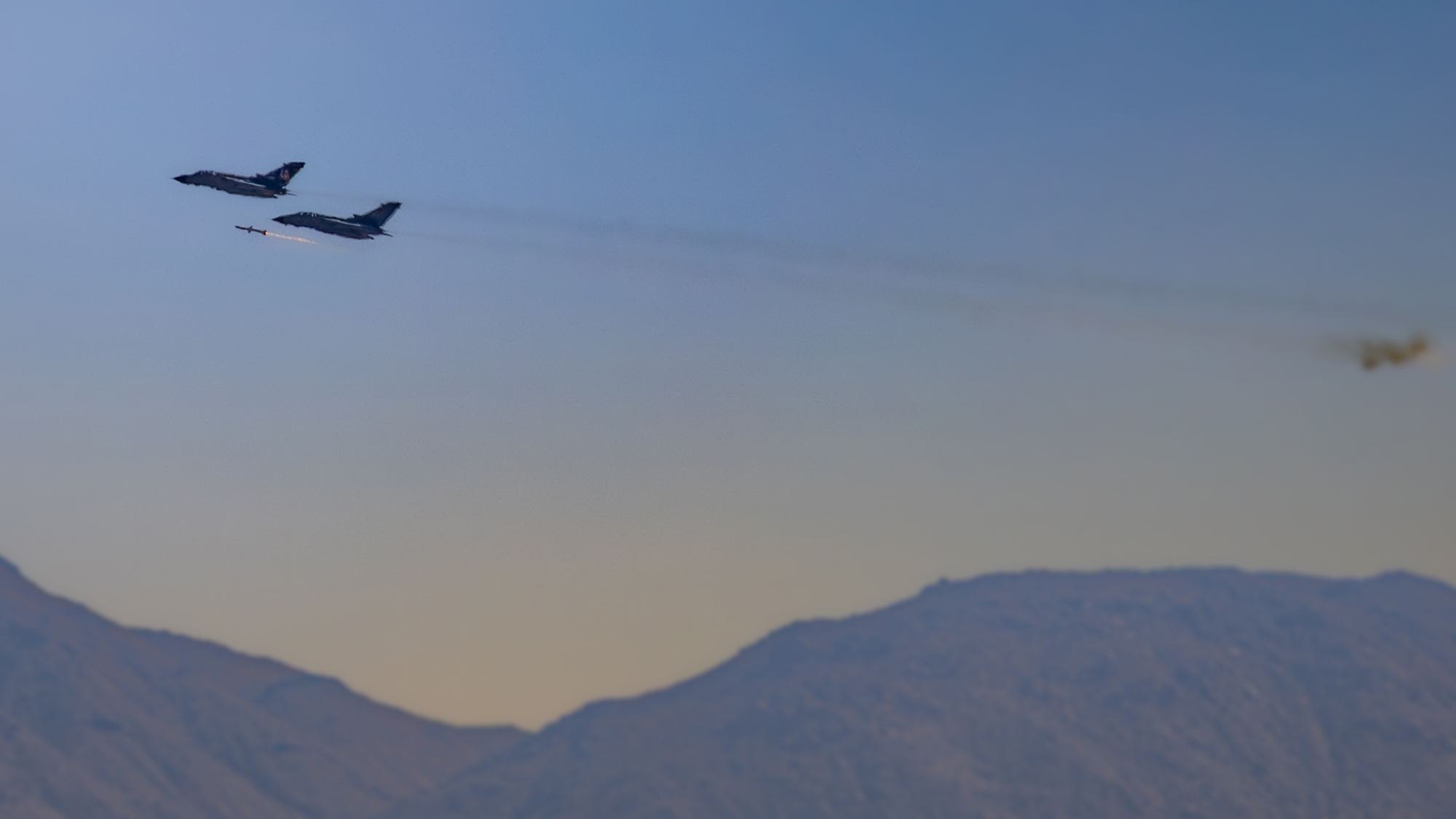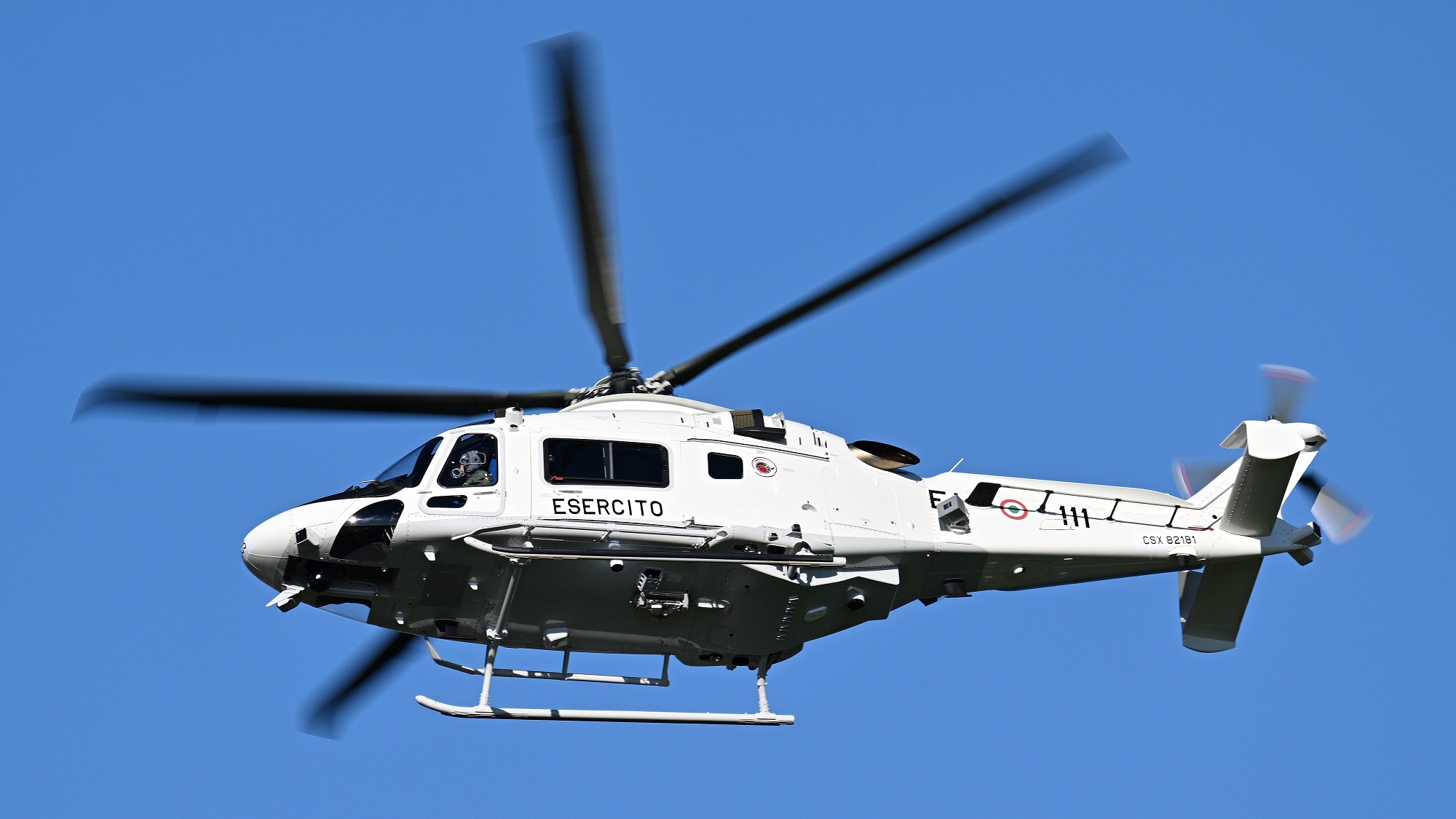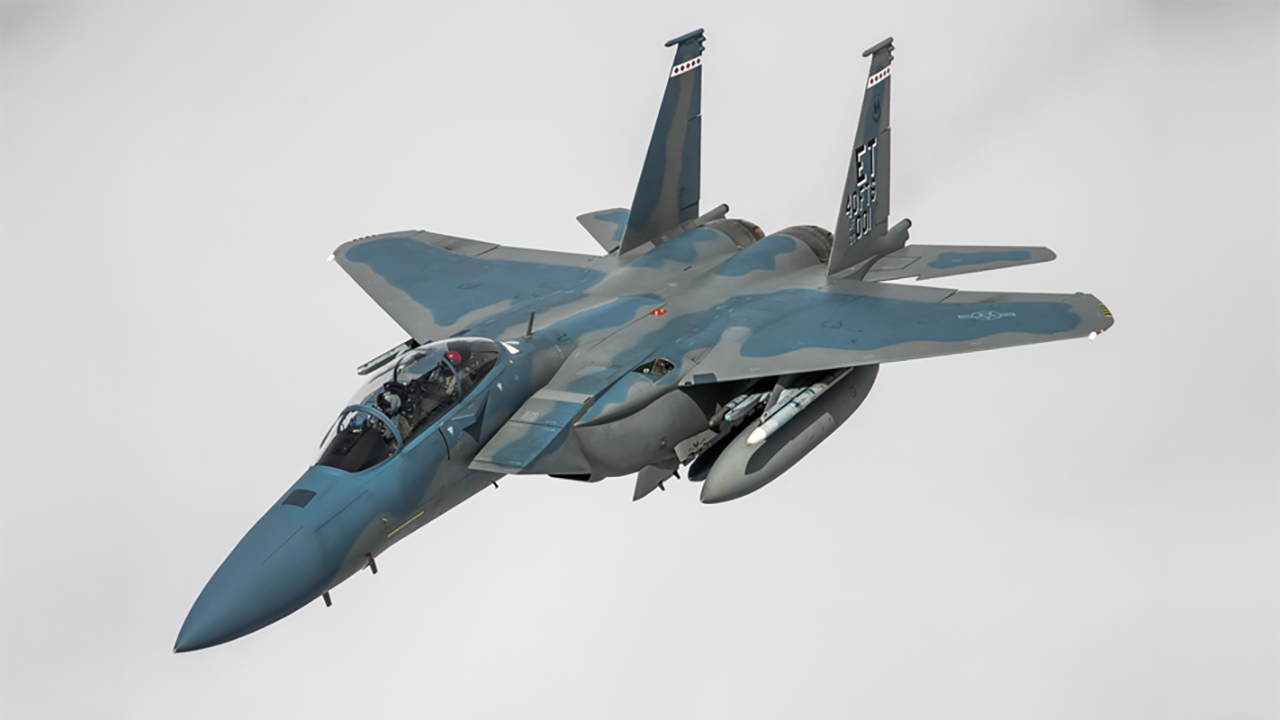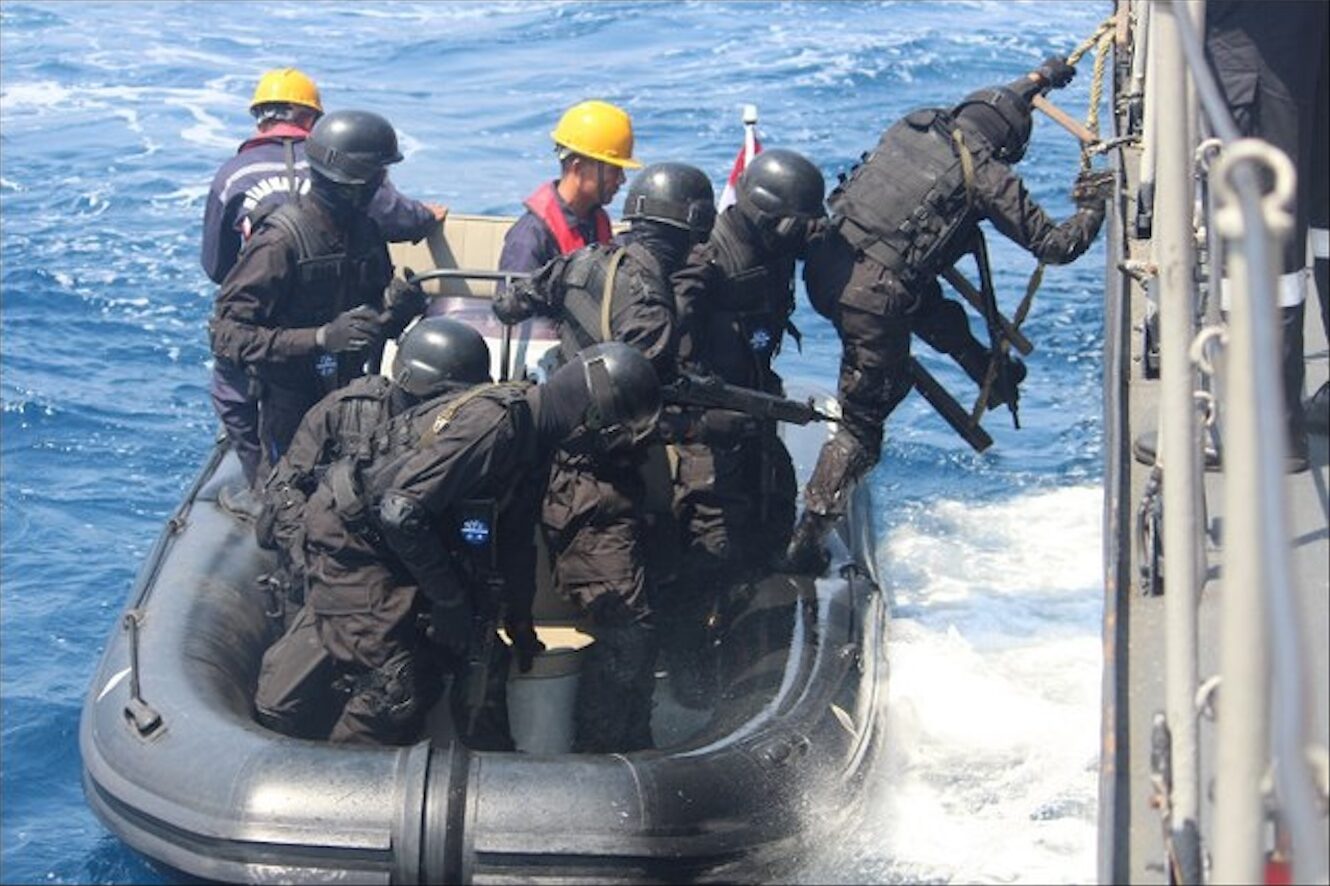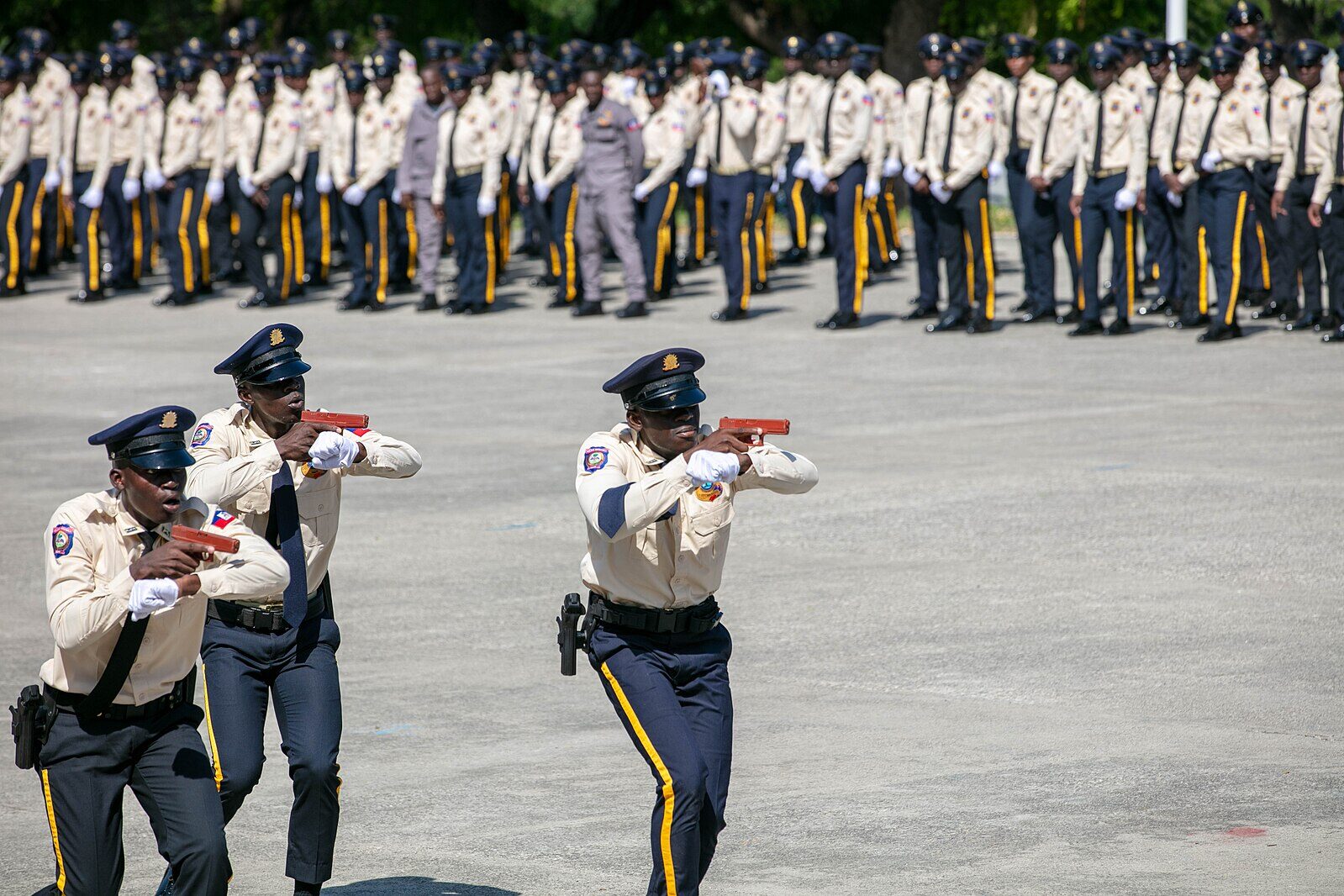V-22 will fly with restrictions until 2026
“We had some learning in the middle,” said V-22 Program Manager Marine Corps Col. Robert Hurst, “and that learning in the middle took us from the summer of ‘25 to start in the spring of ‘26.”


U.S. Marines refuel an MV-22 Osprey at the Kilimanjaro International Airport in Tanzania, as part of a troop transport flight during Exercise Cutlass Express 2025 Feb. 12, 2025. (U.S. Navy video by Mass Communication Specialist Seaman Chance Hanson)
MODERN DAY MARINE 2025 — The troubled V-22 Osprey will not resume full flight operations until 2026, according to the aircraft’s program manager, as officials roll out an upgrade to the tiltrotor’s gearbox that they hope will address safety concerns.
In a briefing held at the Modern Day Marine conference in Washington today, Marine Corps Col. Robert Hurst said an effort to upgrade the tri-variant V-22’s proprotor gearbox — consisting of internal components made with triple-melted steel — should start delivering in January. Following the fix, officials can then gradually implement the aircraft’s full mission profile, with the goal of having an “unrestricted” operational fleet by the end of next year, Hurst said.
The new timeline marks a setback for the Osprey program, as officials projected last year that the tiltrotor would resume its full mission profile around this summer.
Following a crash of an Air Force CV-22 Osprey off the coast in Japan in November 2023, the Pentagon grounded Ospreys for about three months. Since the return to flight, the aircraft has had to operate under limitations requiring pilots to maintain certain distance from land when flying in case of an emergency. The Osprey is operated by the Air Force, Marine Corps and Navy as well as the Japanese military and is jointly manufactured by Bell and Boeing.
“We had some learning in the middle,” Hurst said, “and that learning in the middle took us from the summer of ‘25 to start in the spring of ‘26.” He declined to specify exactly what program officials discovered, but said the delay stems from wanting to incorporate the triple-melting process into a greater number of gears.
“The generic form of that is we had certain gears we were targeting,” he said. “And then we said ‘Hey you know what, why just a few? Let’s just do them all.’”
Officials expect the gearbox upgrade can essentially strengthen metal components by removing impurities known as “inclusions” through the triple-melting process. Investigators determined that an inclusion issue was at fault for the November 2023 crash, though they also said the crew’s decision to keep flying the aircraft amid warning lights and a failure by the program office to communicate data to the military services contributed as well. According to Hurst, the new process is expected to reduce inclusions by roughly 90 percent.
Hurst today downplayed the effect of limitations on the fleet, saying that they “by and large” have “not impacted” Marine operations. “The Marine Corps has been executing their mission since March of 2024 and we’ve been executing that mission because it is a requirement of the nation to be ready for when the nation calls,” he said.
RELATED: 6 months after fatal V-22 crash, an Air Force Osprey squadron in Japan prepares to fly again
Other efforts are underway to upgrade the gearbox as well. Program officials are currently testing a new input quill assembly design, which houses the aircraft’s clutch and has been traced to a problem known as a “hard clutch engagement” (HCE) that killed five Marines in June 2022. To help mitigate the HCE problem, officials have also mandated that current input quill assemblies be replaced after 800 flight hours. (Following the mitigation, Hurst said the Osprey has not suffered a single HCE event.)
A third effort to improve the gearbox consists of incorporating a new network of sensors through an effort dubbed the Osprey Drive System Safety and Health Instrumentation (ODSSHI), which will help monitor the health of parts and provide predictive maintenance data.
“We’re moving in parallel for both development and production on both of these,” Hurst said about the input quill assembly and ODSSHI upgrades. “So we want to, as soon as it’s ready, implement it in the fleet.”
In an effort to keep the Osprey flying until the mid-2050s, officials are also exploring other improvements. One effort will redesign the aircraft’s flight control computer with a modern processor, which Hurst explained will bring it up to speed with modern standards after originally being coded in the 1990s. A second effort, known as the Renewed V-22 Aircraft Modernization Plan (ReVAMP), is a larger study of the platform that is expected to wrap up around the fall.
And finally, the V-22 Enhanced Cockpit Technology Replacement (VeCToR) will “replac[e] hardware inside the cockpit,” Hurst said, with the aim of resolving obsolescence issues. VeCToR will be competitive, Hurst added, with a sources sought notice expected to be released to industry “in the next month or two.”






































































































